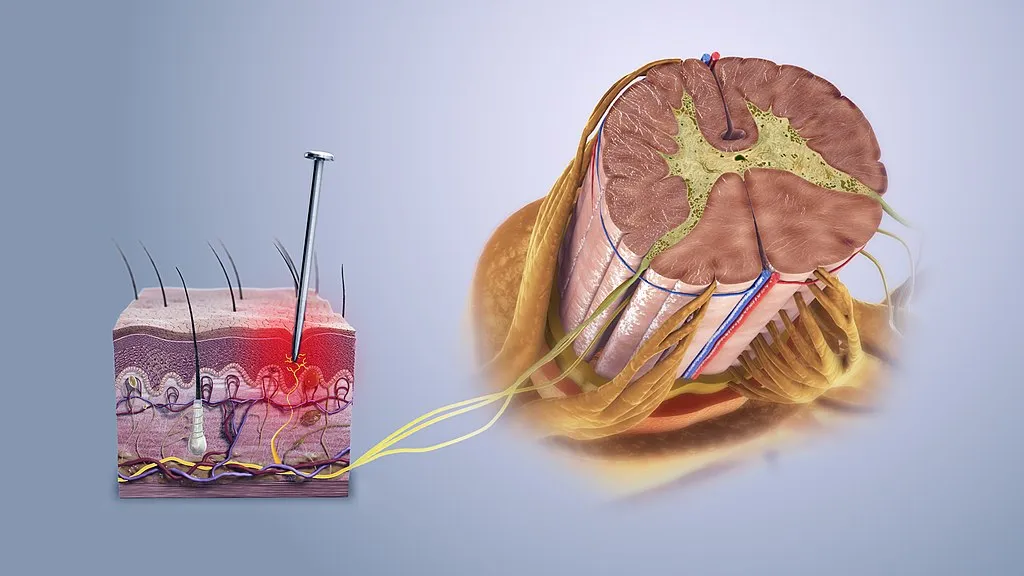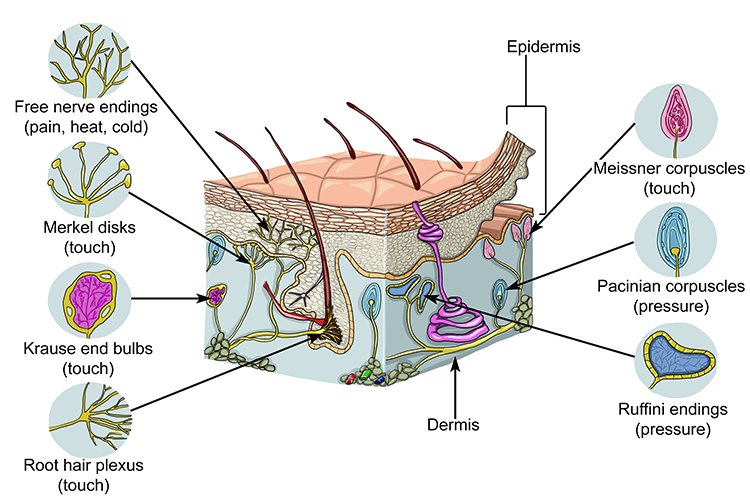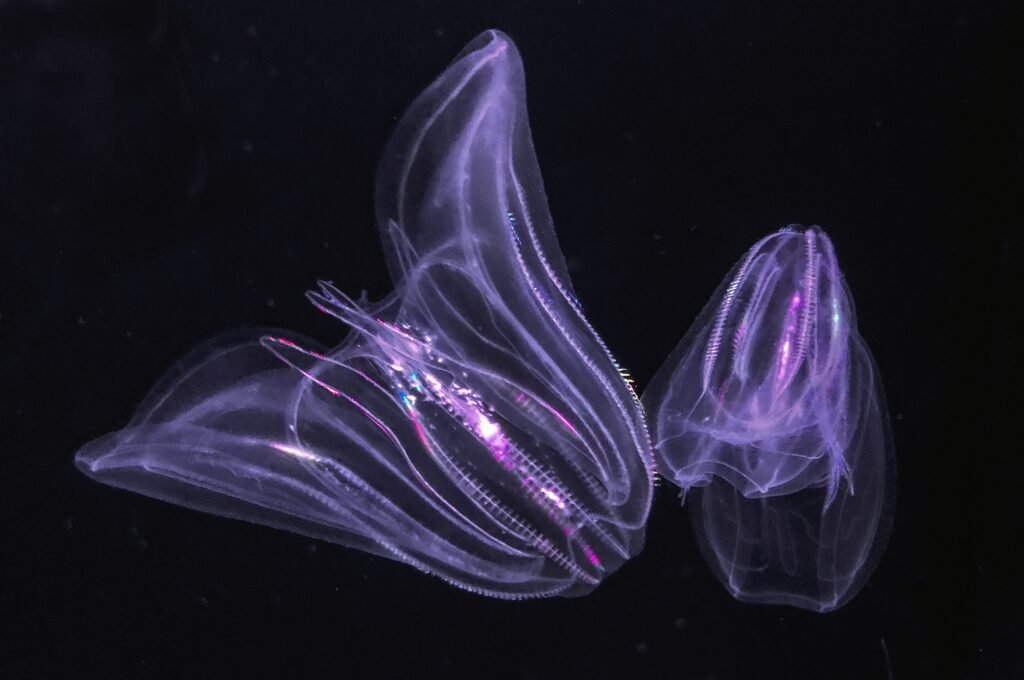33 senses that humans don’t know they have
This article reveals 33 senses that humans don’t know they have in addition to the basic 5 senses: sight, taste, touch, hearing, and smell. Most of us were taught in school about only 5 basic senses.
However, this understanding is oversimplified. The reality is that humans have many more senses apart from the 5 basic senses. Many of those senses work outside our conscious awareness.

Neuroscientists and researchers have identified dozens of additional senses that contribute to our experience of the world. Let’s dive into less known 33 senses that reveal just how complex and finely coordinated our human body truly is.
1. Proprioception (External Body Awareness)
Proprioception is a sense of body position that allows you to know where your limbs are without looking at them. For example, it helps you touch your nose with your closed eyes. This sense is critical for coordinated body movement.
2. Equilibrioception (Sense of Balance)
Equilibrioception is your sense of balance controlled by the inner ear. It helps you start upright and maintain balance (equilibrium). This sense prevents you from falling over as you move.
3. Thermoception (Sense of Temperature)
Thermoception is the ability to sense temperature changes in your environment. You can feel whether something is hot or cold with the help of specialized thermoreceptors in your skin.
4. Nociception (Sense of Pain)
This is the sensory nervous system’s response to harmful or potentially harmful stimuli, commonly known as pain. It is also divided into three types: cutaneous (skin), somatic (bones and joints), and visceral (organs).
If you touch a boiling pot, your hands will burn and give you a painful feeling that comes under cutaneous nociception.

5. Chronoception (Sense of Time)
Chronoception is a sense of time which shows your ability to perceive the passage of time. While not fully understood, it is believed to be regulated by the brain’s internal clock.
This sense influences your sleeping and eating times. It also gives you a feel for the length of time for other tasks.
6. Magnetorception (Sense of Magnetic Field)
Some studies suggest that humans with magnetoreception can have a basic ability to detect magnetic fields similar to birds and other animals. They use Earth’s magnetic field for navigation and orientation. However, some scientists disagree with the presence of magnetoreceptors in humans.
7. Mechanoreception (Sense of pressure)
Mechanoreceptors in the skin, joints, and muscles allow you to detect pressure, vibration, and texture. This sense is critical for feeling the weight of an object or the texture of surfaces.
8. Baroreception (Sense of blood pressure)
Baroreceptors in your blood vessels sense changes in blood pressure. This sense helps regulate heart rate and blood pressure while maintaining homeostasis.
9. Chemoreception (Sense of chemicals)
This sense allows your body to detect chemical changes, such as carbon dioxide levels in your blood, helping to regulate breathing. It also maintains several other essential body functions by detecting chemicals in the body.
10. Hygroreception (Sense of moisture)
Some studies suggest that humans might be able to sense moisture with nerve receptors in the skin. However, this is much more developed in insects and some animals.

11. Osmoreception (Sense of body fluid)
This sense monitors the body’s water balance by detecting changes in osmotic pressure and helping maintain hydration.
12. Electroreception (Sense of electric currents)
Humans can detect strong electric currents through the presence of sensory and motor nerve fibers in the skin. This sense allows you to feel the direct electric current from electronic devices like batteries while being in contact with water.
13. Interoception (Sense of Feelings)
Interoception is the sense of the internal state of your body. It includes hunger, thirst, and the need to breathe, and it’s crucial for survival.
14. Haptic Perception
This is the ability to perceive and recognize objects through touch, based on their texture, size, and shape. It is one of the most experienced 33 senses which humans don’t know they have.
15. Itch Perception
Itch perception allows you to detect irritants on your skin, triggering the urge to scratch apart from pain.

16. Thirst Perception
The sense that drives you to seek water when your body needs hydration. It’s an internal clue crucial for survival.
17. Hunger Perception
This inner sense drives you to eat when your body needs energy. It is one of the most felt-able 33 senses but humans usually don’t know they have.
18. Stretch Receptors
These receptors detect the stretching of tissues, playing a key role in reflexes. They are found in muscles and organs, such as the stomach and lungs.
19. Muscle Tension Sensing
Your muscles have a sense that detects tension, which helps prevent injury by limiting the force exerted on your muscles.
20. Heat Pain
A specialized sense that detects harmful heat levels, distinct from regular temperature perception, to protect against burns.

21. Cold Pain
Similarly, this sense detects extreme cold that could cause tissue damage, triggering a pain response to prompt protective actions.
22. Visceral Pain
This is pain that comes from the organs. It’s often less localized and can feel more spreading, such as stomach aches or heart pain.
23. Echolocation
Some blind individuals develop a heightened ability to sense their environment by producing sounds and listening to the echoes, similar to how bats navigate.
24. Thermoception in Internal Organs
Beyond the skin, internal organs can also detect temperature changes. Such as when you drink a hot beverage or eat something cold.
25. Vestibular Sensing
The vestibular system in your inner ear is part of your sense of balance. It helps you feel changes in speed and know your position in space. This is important for keeping you steady and balanced as you move.

26. Acoustic Sensing Beyond Hearing
Beyond simple hearing, your brain can sense the direction and distance of sounds. It helps you locate the noise source in your environment.
27. Infrasonic Sound Detection
Humans may have a limited ability to detect infrasonic sounds (below the hearing range). They are often felt as vibrations rather than heard.
28. Ultrasonic Sound Detection
Similarly, there’s evidence that humans can detect sounds above the normal hearing range, particularly in certain conditions like using some medical devices.
29. Nutrient Detection
Your taste buds can detect more than just the basic tastes. They can sense the presence of nutrients like fats, carbohydrates, and amino acids, influencing your dietary choices.
30. Pheromone Detection
Though humans don’t have a strong sense of pheromones like some animals, there’s evidence that we can detect these chemical signals. They can influence social and sexual behaviors.

31. Cardiac Perception
This is the ability to feel your own heartbeat, either at rest or during physical or mental effort. It can be a conscious awareness or a subconscious regulation of your heart rate.
32. Emotional Sensing
Humans have a sophisticated sense of emotions. This sense allows you to read facial expressions, body language, and tone of voice to gauge others’ feelings and intentions.
33. Tension in Tendons
Golgi tendon organs sense tension in tendons and prevent muscle damage by stopping muscle contraction when tension is too high.

Humans have these 33 additional senses which they don’t know they have. They show how complex and adaptable our sensory systems are. They help us experience and interact with the world in ways we might not even notice.
So, learning about these hidden senses helps us better understand how our bodies work. It shows just how amazing human biology is, with so many different ways to sense and respond to our environment.
This could lead to exciting new research and a deeper understanding of how we perceive the world around us.
Read More:
- Sea creature turns into a baby when it is stressed out showing time travel
- Realme Narzo 70 Turbo 5G launch date, features, specifications & price
- European Space Agency printed 3D metal part in space for first time
- Earth’s mysterious Alaska triangle where over 20,000 people disappeared
- Philips Hue launched a new smart lighting solution for kitchen
- NASA to launch life-searching spacecraft to Jupiter’s moon Europa
Share this content:










Post Comment